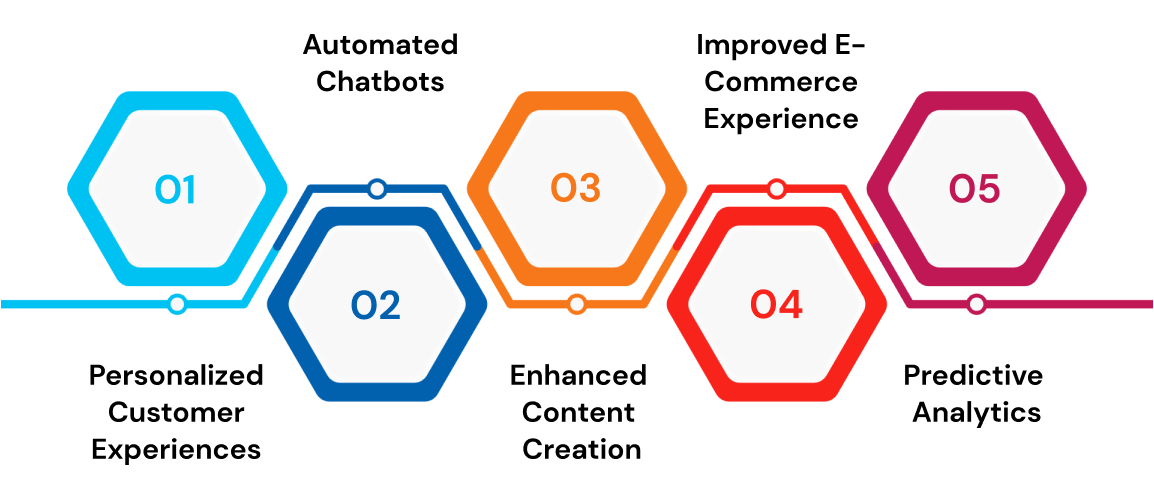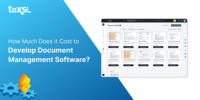- Apr 17, 2025
- Others
- 3014
Share this post on:

LLaMA 2 is a state-of-the-art large language model developed by Meta AI, formerly known as Facebook AI Research (FAIR). LLaMA 2 is built upon the foundation of its predecessor, LLaMA, and incorporates significant improvements in terms of scale, model architecture, and performance. This advanced language model has the potential to revolutionize various industries, including customer service, marketing, and content creation, by providing businesses with sophisticated and versatile language processing capabilities.
Statistics on LLaMA 2
Model Size and Training Data: LLAMA 2 is a 7 billion parameter model, trained on a dataset of around 330 gigabytes of text data. This extensive dataset includes a wide range of text sources, such as books, articles, and web pages.
Performance Metrics: LLAMA 2 has demonstrated impressive performance in various benchmarking tests, including those focused on natural language understanding, text generation, and language translation. In the GLIDE benchmark, for instance, LLAMA 2 achieved a score of 71.2, which is significantly higher than the performance of other large language models.
The Impact of LLaMA 2 on Businesses
In this blog, we will discuss how LLaMA 2 can help businesses enhance their revenue by leveraging its capabilities in natural language processing, text generation, and multilingual support.
1. Enhanced Customer Service and Support
One of the primary ways LLaMA 2 can help businesses increase revenue is by improving customer service and support. By integrating LLaMA 2 into customer service chatbots and virtual assistants, businesses can offer 24/7 support to their customers, reducing wait times and improving overall customer satisfaction.
As LLaMA 2 can understand and generate text in multiple languages, it can cater to a diverse customer base, enabling businesses to expand their global reach. Moreover, LLaMA 2’s advanced language processing capabilities can help businesses better understand customer queries, allowing them to provide more accurate and tailored responses.
2. Personalized Marketing and Advertising
LLaMA 2’s text generation capabilities can be harnessed for personalized marketing and advertising campaigns. By analyzing customer data, businesses can use LLaMA 2 to create targeted content and messages that resonate with their audience. This can lead to increased customer engagement, higher conversion rates, and ultimately, higher revenue.
Furthermore, LLaMA 2’s ability to understand context and nuances in text can help businesses identify potential issues or negative feedback in customer reviews and social media conversations. This enables businesses to address these concerns proactively and improve their products or services accordingly.
3. Efficient Content Creation and Management
LLaMA 2 can also be utilized for content creation and management, which can help businesses save time and resources. By leveraging LLaMA 2’s text generation capabilities, businesses can automate the creation of various types of content, such as blog posts, social media updates, and product descriptions.
This can lead to a consistent and high-quality content strategy, ultimately driving more traffic to their websites and increasing sales.
Moreover, LLaMA 2’s multilingual support can help software services providers expand their content reach to a global audience, opening up new markets and revenue streams.
4. Improved Data Analysis and Decision Making
LLaMA 2’s advanced language processing capabilities can also be employed for data analysis and decision-making support. By analyzing large volumes of text data, businesses can gain valuable insights into customer preferences, market trends, and competitor strategies. This information can then be used to inform strategic decisions, such as product development, pricing, and marketing campaigns, ultimately leading to higher revenue.
Enhance Business Revenue With LLaMA 2
In today's competitive business landscape, maximizing revenue is crucial for staying ahead of the competition. With the rise of AI and machine learning technologies, businesses have access to a plethora of tools that can help them streamline their operations, improve customer engagement, and drive sales. One such technology is LLaMA 2, an advanced language model that can help businesses enhance their revenue in several ways. Let us explore how LLaMA 2 can help businesses boost their revenue.

1. Personalized customer experiences:
One of the most significant benefits of LLaMA 2 is its ability to create personalized customer experiences. By analyzing customer data and preferences, businesses can use LLaMA 2 to develop targeted marketing campaigns that are tailored to each customer's needs and preferences. This can lead to higher engagement rates, increased customer loyalty, and ultimately, higher sales.
For example, a fashion retailer can use LLaMA 2 to analyze customer data and create personalized product recommendations based on the customer's purchase history, preferences, and style. This can lead to increased customer satisfaction, higher sales, and improved brand loyalty.
2. Automated chatbots:
LLaMA 2 can also be used to develop automated chatbots that can help businesses handle customer inquiries and support requests more efficiently. By integrating LLaMA 2 with a business's customer service platform, chatbots can provide quick and accurate responses to customers, freeing up human customer support agents to focus on more complex issues.
For example, a telecom provider can use LLaMA 2 to develop a chatbot that can handle basic customer inquiries such as account balances, billing, and technical support. This can lead to improved customer satisfaction, reduced wait times, and increased efficiency for the business's customer support team.
3. Enhanced content creation:
LLaMA 2 can also help businesses create high-quality content more efficiently. By analyzing data on customer preferences, trends, and sentiment, LLaMA 2 can generate content that is optimized for search engines and tailored to each customer's needs. This can lead to increased website traffic, higher engagement rates, and ultimately, higher sales.
For example, a travel company can use LLaMA 2 to analyze customer data and create personalized travel guides for each destination. By using LLaMA 2 to generate high-quality content that is optimized for search engines, the business can attract more customers and increase revenue through bookings.
4. Improved e-commerce experience:
LLaMA 2 can also be used to create a more personalized e-commerce experience for customers. By analyzing customer data and preferences, LLaMA 2 can generate product recommendations, suggest purchase combinations, and provide product information that is tailored to each customer's needs. This can lead to increased sales, improved customer satisfaction, and higher revenue for the business.
For example, a cosmetics retailer can use LLaMA 2 to analyze customer data and generate personalized product recommendations based on the customer's purchase history, preferences, and skin type. By providing customers with tailored product suggestions, the business can increase sales, improve customer satisfaction, and enhance the overall e-commerce experience.
5. Predictive analytics:
LLaMA 2 can also be used to analyze large amounts of data and generate predictive analytics that can help businesses make better decisions about marketing strategies, pricing, and inventory management. By using LLaMA 2 to analyze customer data and identify patterns and trends, businesses can gain valuable insights into their customers' preferences and behavior, which can lead to increased revenue and improved profitability.
For example, a retailer can use LLaMA 2 to analyze customer data and identify patterns in purchasing behavior. By using this information to inform marketing strategies, the business can increase sales and improve customer satisfaction by providing targeted promotions and product recommendations.
Conclusion
In conclusion, LLaMA 2 has the potential to significantly impact businesses across various industries by improving customer service, enhancing marketing efforts, streamlining content creation, and supporting better decision-making. By leveraging the power of this advanced language model, businesses can increase their revenue and stay ahead of the competition in an increasingly digital world. Contact us to learn more.
FAQ's
Q1. What is LLaMA 2 and how is it useful for businesses?
LLaMA 2 is a powerful AI language model developed by Meta. It can understand and generate human-like text. For businesses, it can be used to create content, automate customer support, analyze data, and improve communication—helping save time and boost performance.
Q2. How can LLaMA 2 help increase business revenue?
LLaMA 2 helps increase revenue by improving customer experience, speeding up service, and supporting smarter decision-making. It can attract more customers through personalized marketing, reduce support costs, and help teams focus on high-value tasks.
Q3. Can LLaMA 2 improve marketing and sales strategies?
Yes, LLaMA 2 can generate engaging marketing content, product descriptions, emails, and social media posts. It can also analyze customer data to give insights into buying behavior. This helps businesses reach the right audience and close more sales.
Q4. Is LLaMA 2 suitable for small and medium businesses?
Definitely! LLaMA 2 is flexible and can be customized for businesses of all sizes. With the right guidance from a tech partner like ToXSL Technologies, even small and medium businesses can use LLaMA 2 to improve their operations and grow revenue.












